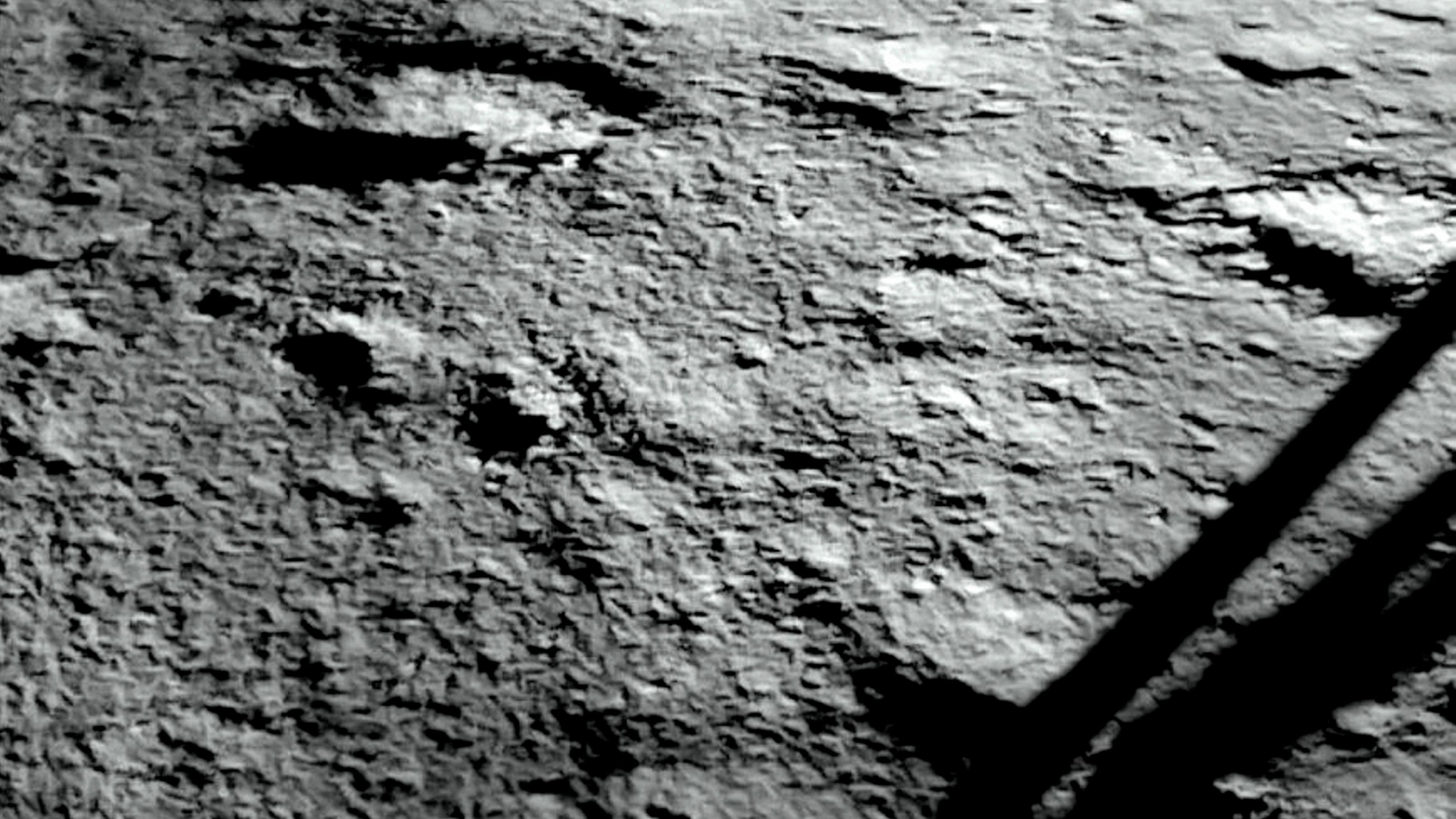
Camera of ISRO’s Chandrayaan-3 captures a portion of its landing site on the surface of the Moon after its successful descent, in Bengaluru, Wednesday, Aug. 23, 2023.
Credit: PTI Photo
Minutes after the Chandrayaan-3 touchdown on Wednesday, S Somanath told the media that the mission’s success could push India more to explore the unexplored.
Accessing the lunar south polar region, a first, could set the tone for the Somanath-led Indian Space Research Organisation (Isro)’s next big mission to the moon, this time to its permanently shadowed regions (PSR).
The Lunar Polar Exploration Mission (LUPEX), a collaborative project of Isro and the Japan Aerospace Exploration Agency (JAXA), is aimed at determining the presence of water – a critical resource for future missions – in these regions. Isro is eyeing a post-2024 launch for LUPEX, to be designed in a lander-rover configuration.
Anil Bhardwaj, distinguished professor and director of Physical Research Laboratory (PRL), Ahmedabad, said the idea was to explore PSR in the moon’s polar regions.
“The craters in the polar regions do not see sunlight. It is believed that these regions are very rich in volatiles like water. Once the volatiles sit on these regions, the temperature is so low – almost 50 kelvin – that they are left there in permanent deep freeze,” Prof Bhardwaj, winner of Infosys Prize 2016 for Physical Sciences, told DH.
He said India would develop the lander and Japan, the rover. LUPEX is likely to be launched by Japan’s H3 launch vehicle.
PRL instruments
PRL, an autonomous unit of the Department of Space, has proposed instruments for the rover, primarily to conduct surface and sub-surface measurements near the PSR.
Permittivity and Thermo-physical Investigation for Moon’s Aquatic Scout (PRATHIMA) is being developed to detect and quantify the presence of water-ice, with a probe deployed into 20-30 cm of the surface. PRL has also proposed an Alpha Particle Spectrometer and a Low Energy Gamma Ray Spectrometer for the rover.
Thin-film solar cells and ultra-high-energy-density batteries are expected to power JAXA’s rover as it navigates the moon’s dark regions.